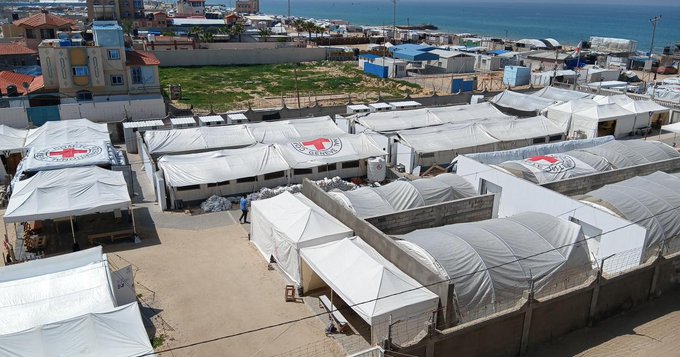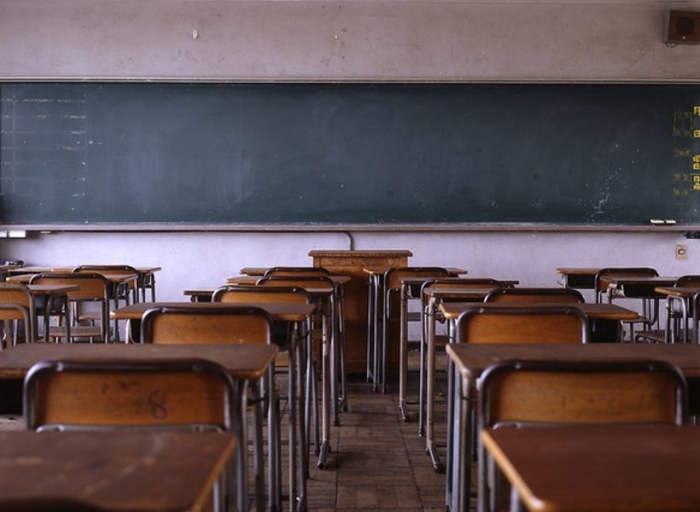A deadly Israeli airstrike in central Gaza has claimed the lives of 10 civilians, including six children, as they queued to collect water at al-Nuseirat refugee camp. The victims, struck by a missile reportedly fired from a drone, were taken to al-Awda Hospital in Nuseirat, where medical staff also treated 16 injured individuals—seven of whom were children.
Eyewitnesses described the chaotic aftermath, with civilians using private vehicles and donkey carts to transport the wounded. The Israeli military has not commented on the strike.
This tragedy comes amid a sharp escalation of Israeli aerial bombardments across Gaza. Gaza’s Civil Defence Agency reported 19 more Palestinian deaths on the same day from separate strikes in central Gaza and Gaza City.
The humanitarian toll is staggering. The International Committee of the Red Cross (ICRC) said its Rafah field hospital had treated 132 weapon-injured patients on Saturday alone, with 31 fatalities. Since new food distribution points opened on May 27, the ICRC has documented over 3,400 cases of weapon-related injuries and more than 250 deaths—surpassing the hospital’s total mass casualty caseload from the entire previous year.
“The alarming frequency and scale of these incidents underscore the horrific conditions civilians in Gaza are enduring,” the ICRC stated.
On Saturday, another deadly incident near an aid site in southern Gaza left 24 people dead. Witnesses said Israeli forces opened fire as desperate civilians tried to access food. While the Israel Defense Forces (IDF) denied any known injuries from its troops, a military official said warning shots had been fired to disperse a perceived threat.
The UN human rights office has recorded 789 aid-related deaths since late May. Of these, 615 occurred near US- and Israeli-backed Gaza Humanitarian Foundation (GHF) aid sites. GHF, however, disputes the figures, accusing the UN of misattributing casualties to proximity to their operations.
Meanwhile, the broader humanitarian crisis in Gaza continues to deteriorate. The UN reports that over 57,000 people have been killed since Israel’s military offensive began in response to Hamas’s October 7, 2023, attack. With over 90% of homes damaged or destroyed, Gaza’s population faces repeated displacement, a collapsed health system, and life-threatening shortages of food, water, medicine, and fuel.
Last week, just 75,000 litres of fuel were allowed into Gaza—the first delivery in 130 days and far below what is needed for basic humanitarian operations. Nine UN agencies have warned that the fuel shortage could cause a complete shutdown of hospitals, water and sanitation systems, and bakeries.
“Hospitals are already going dark. Maternity, neonatal, and intensive care units are failing, and ambulances can no longer move,” the UN warned.
As violence intensifies and aid dwindles, the humanitarian crisis in Gaza has reached a breaking point—raising urgent questions about the protection of civilians and the future of relief efforts in the region.




